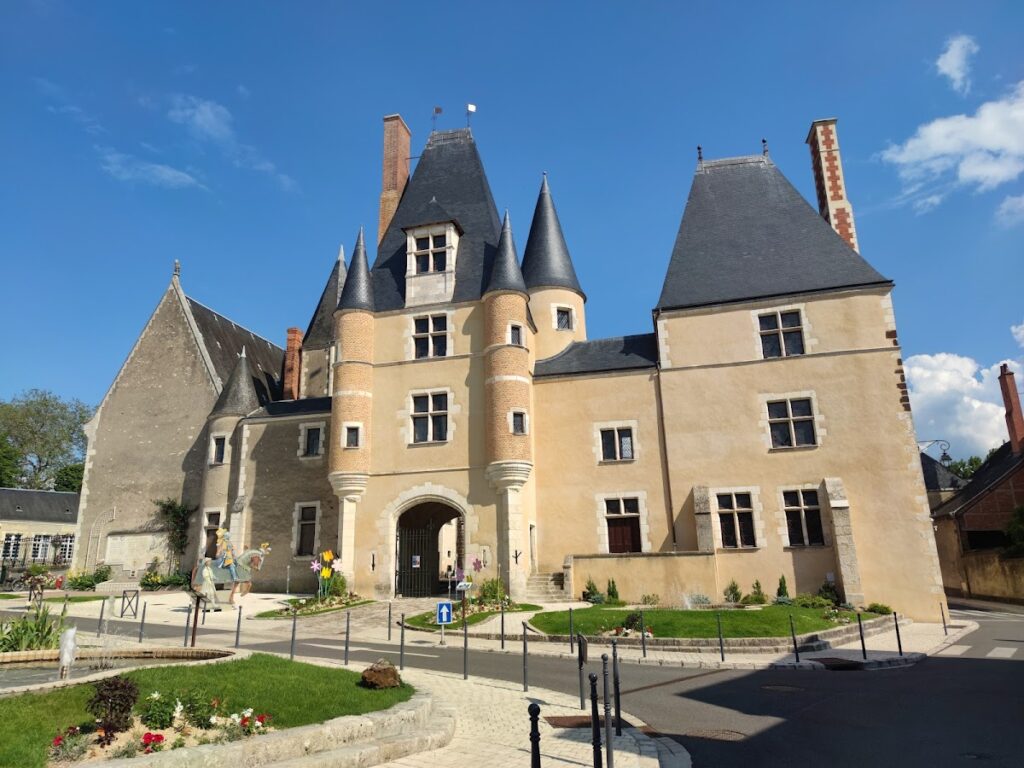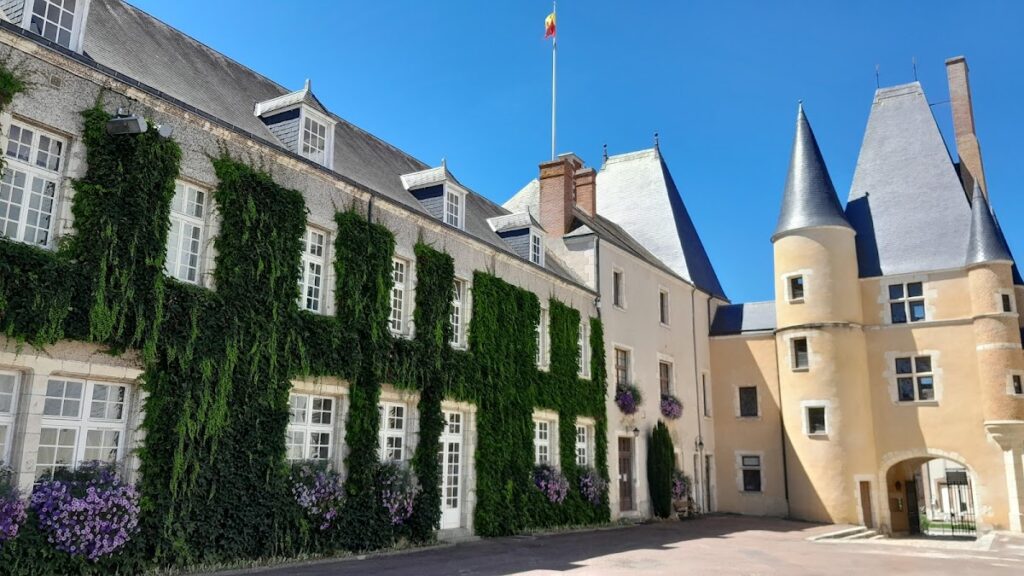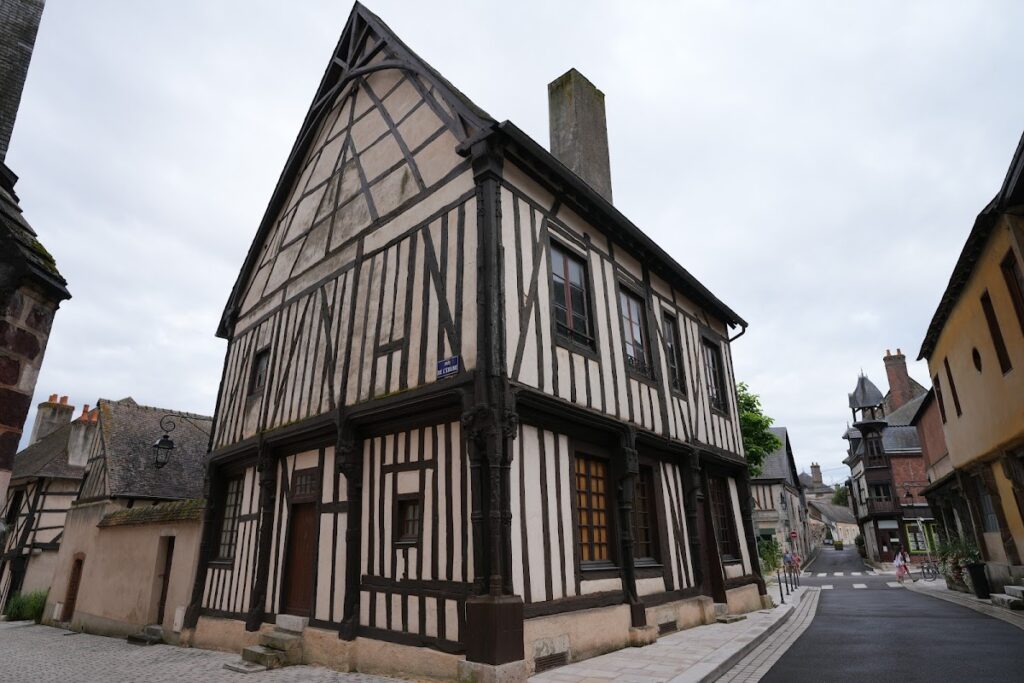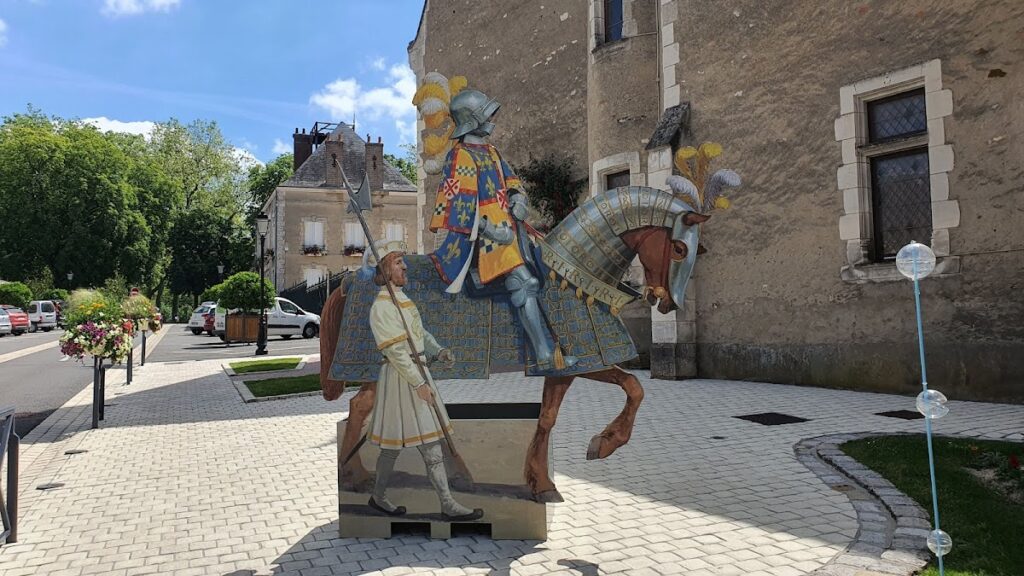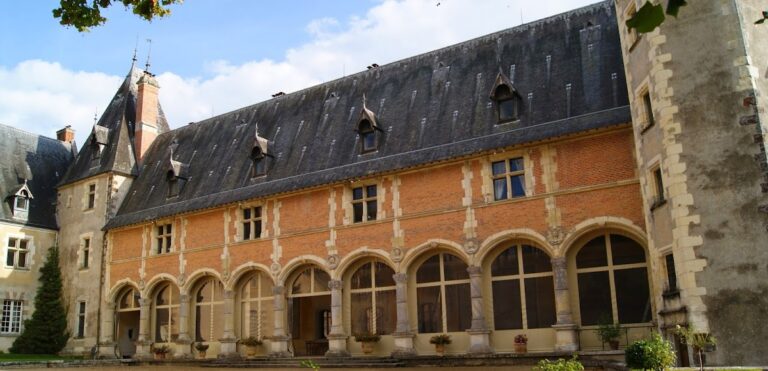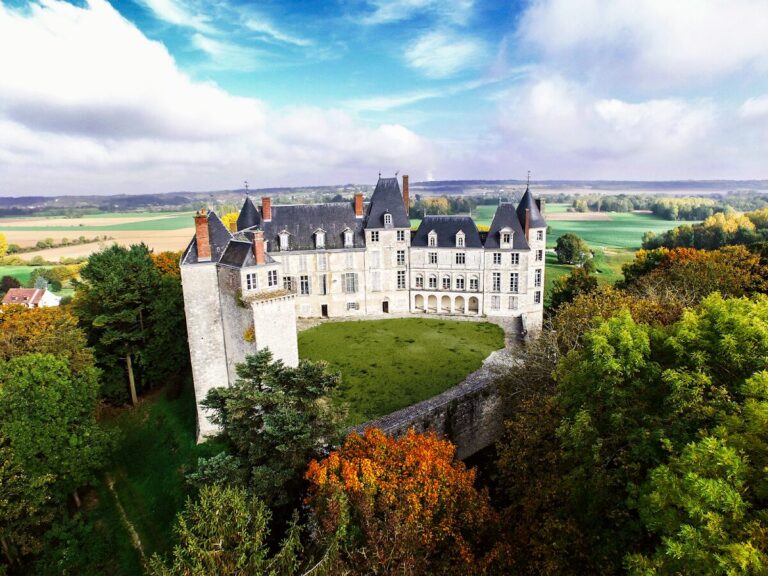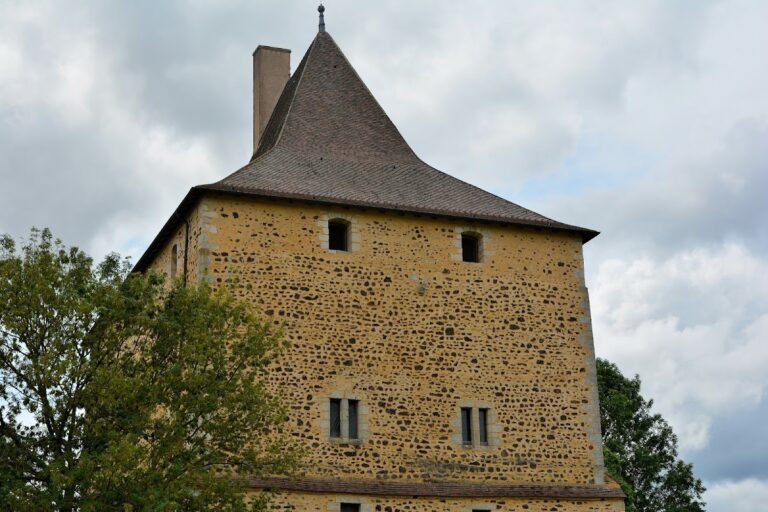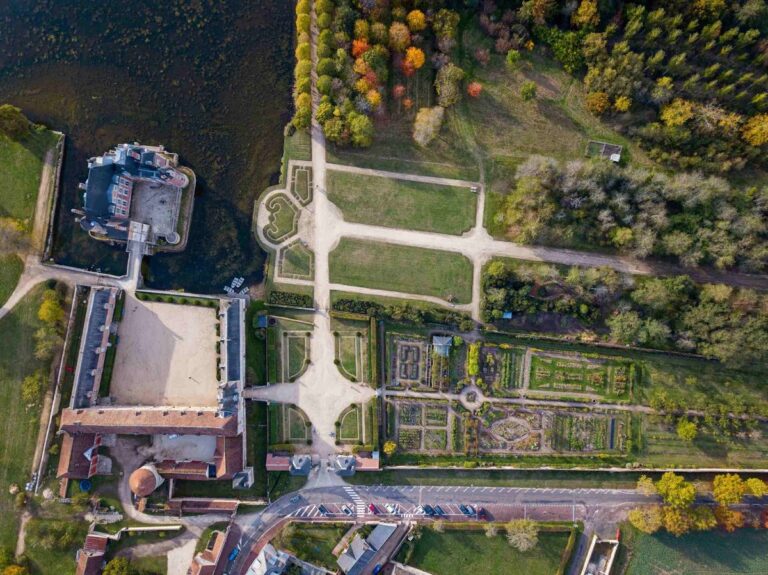Château des Stuarts: A Historic Scottish Estate in Aubigny-sur-Nère, France
Visitor Information
Google Rating: 4.4
Popularity: Low
Google Maps: View on Google Maps
Official Website: www.aubigny.net
Country: France
Civilization: Unclassified
Remains: Military
History
The Château des Stuarts is located in Aubigny-sur-Nère, France. It was originally built by the Scottish House of Stewart, a family that came to own the estate during the late medieval period.
The estate was first acquired in the early 15th century by Sir John Stewart of Darnley, a Scottish nobleman renowned for his military leadership while allied with France in the Hundred Years War. This alliance cemented the connection between the Scottish Stewarts and the French crown, leading to the establishment of their presence in the region with the title Seigneur d’Aubigny.
The château itself was constructed in the early 16th century under Robert Stuart of Aubigny. Its building followed the destruction of a previous structure by fire in 1512. Over the following centuries, the château remained under the stewardship of this junior branch of the Stewart family, serving as their ducal residence.
In the 17th century, the château experienced significant remodeling and enhancement, notably under the direction of Louise de Keroualle, Duchess of Aubigny and Portsmouth. These changes contributed to the château’s evolution, blending Renaissance styles with its medieval origins. During the 19th century, the château underwent further restoration efforts aimed at preserving its heritage.
Recognized for its historical importance, the Château des Stuarts was designated a French historic monument in 1862. In the mid-20th century, a concrete structure was added to the right wing to serve educational and municipal functions; however, this addition was removed in 2010 to restore the château’s visual integrity and better reflect its historical appearance.
Remains
The château’s original layout comprised two wings joined by a central entrance pavilion. Although extensive modifications during the 19th century altered much of the building, the façade and the left wing of the initial Renaissance and medieval-influenced structure have been preserved. The building showcases a combination of early Renaissance architectural elements alongside features that echo its medieval past, reflecting its gradual evolution over time.
A distinctive aspect of the entrance pavilion is its projecting turrets, which frame a prominent porch. This porch includes a keystone adorned with the coat of arms of Robert Stuart, symbolizing the connection to its 16th-century founder. These elements remain visible today and illustrate the château’s status and lineage.
In the 1950s, a concrete extension was constructed on the right wing to accommodate local school and administrative services. This addition was removed in 2010 to enhance the preservation of the historic structure and to restore its original appearance as much as possible.
Located at the heart of Aubigny-sur-Nère, the château holds a central position within the townscape. Its preserved features provide insight into the blend of architectural styles and historical phases that it has undergone, making it a notable example of the cultural heritage left by the Scottish Stewarts in France.
